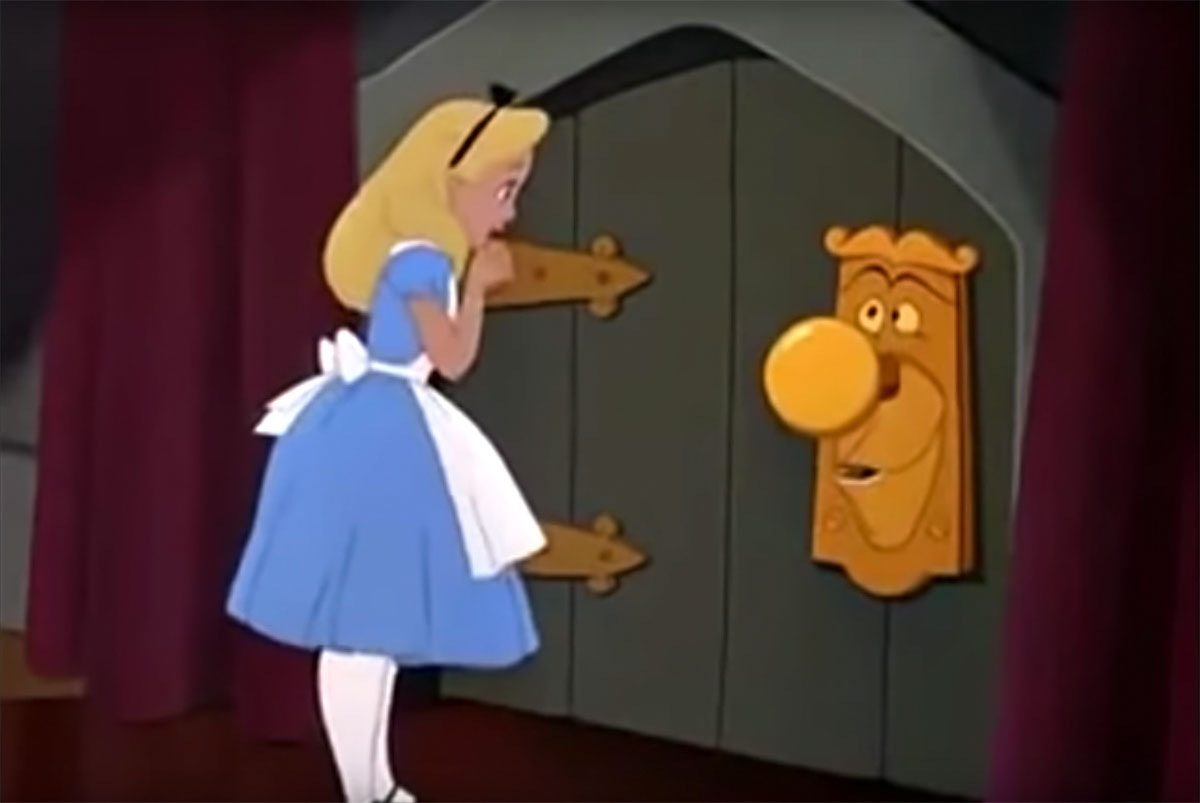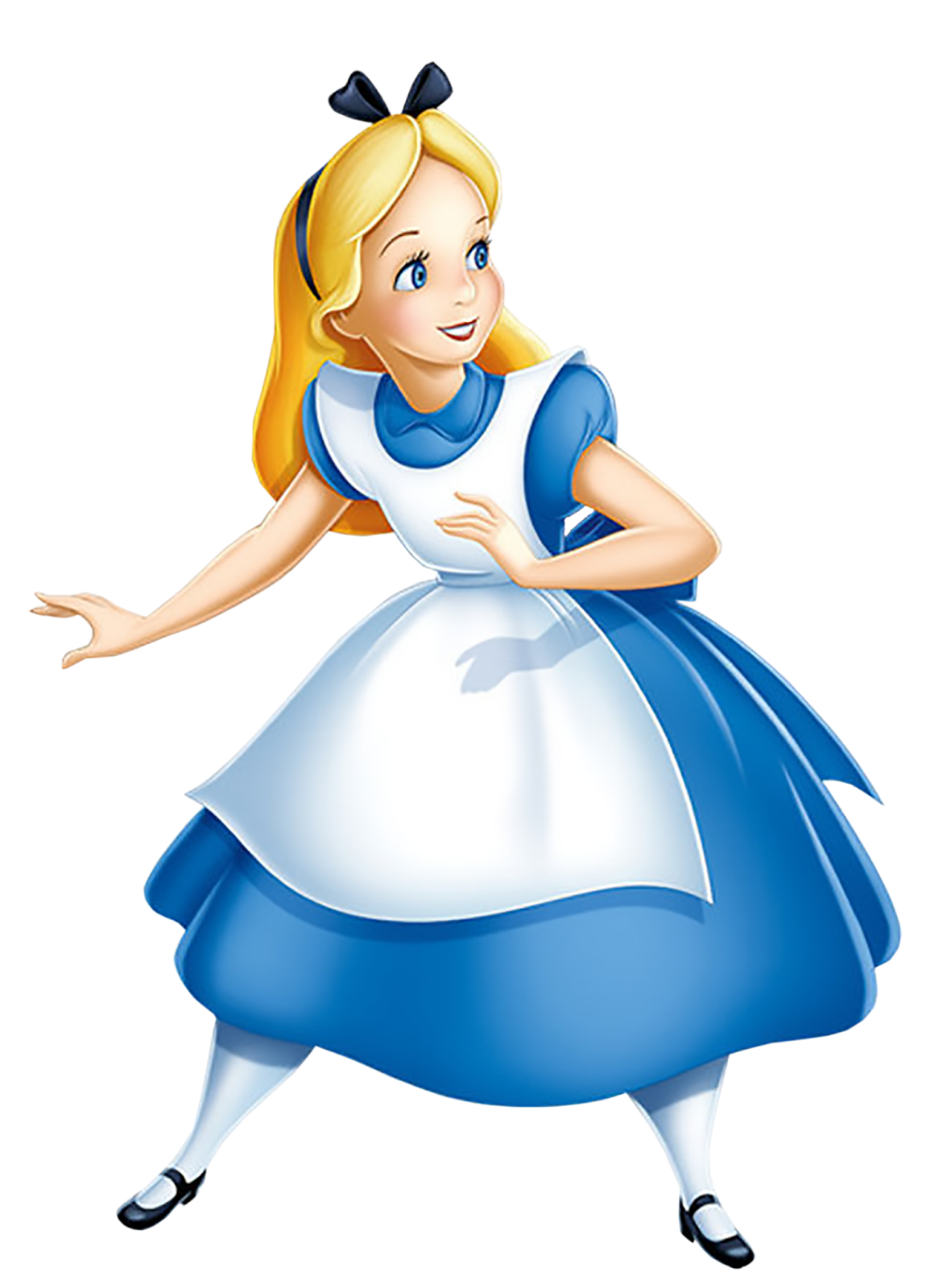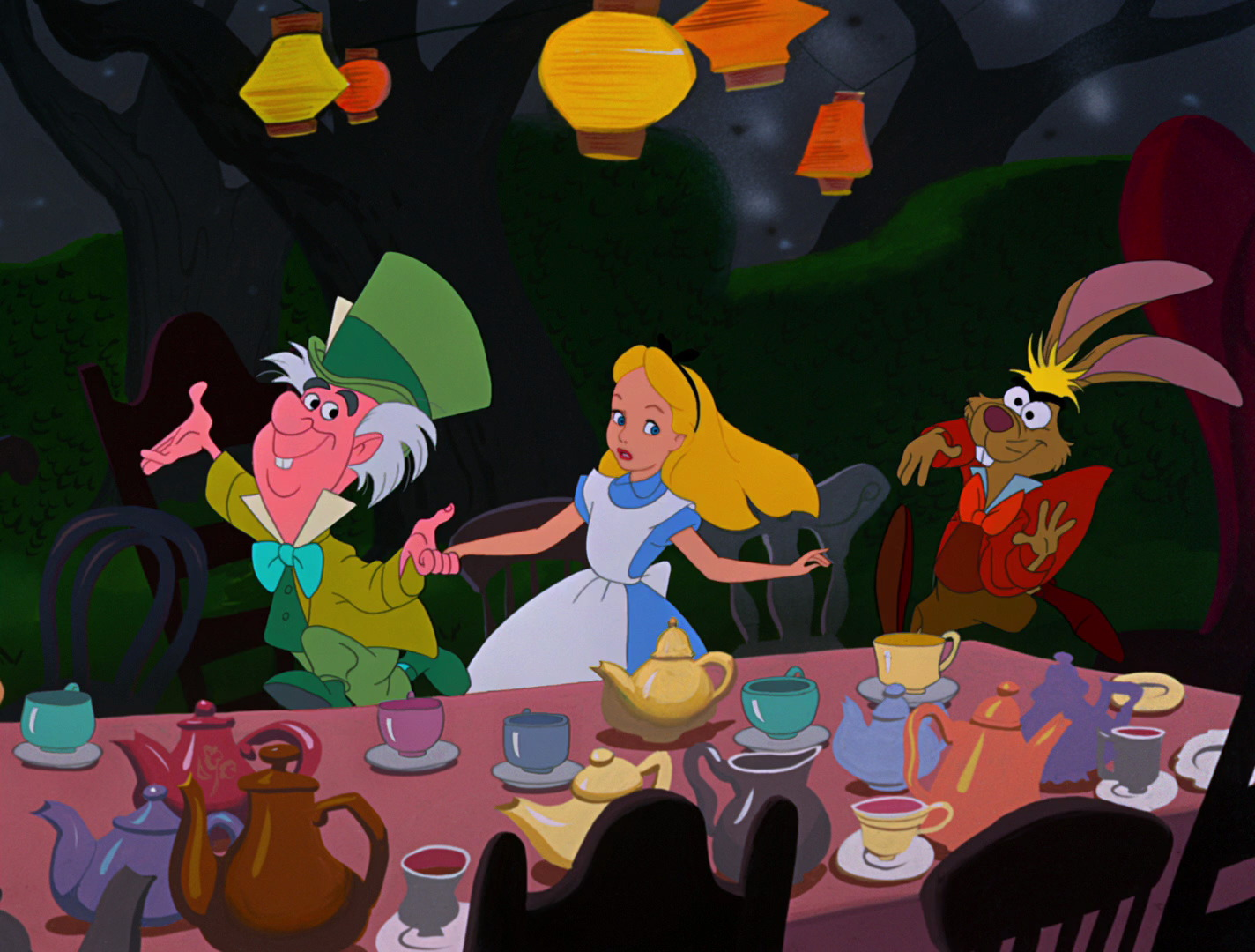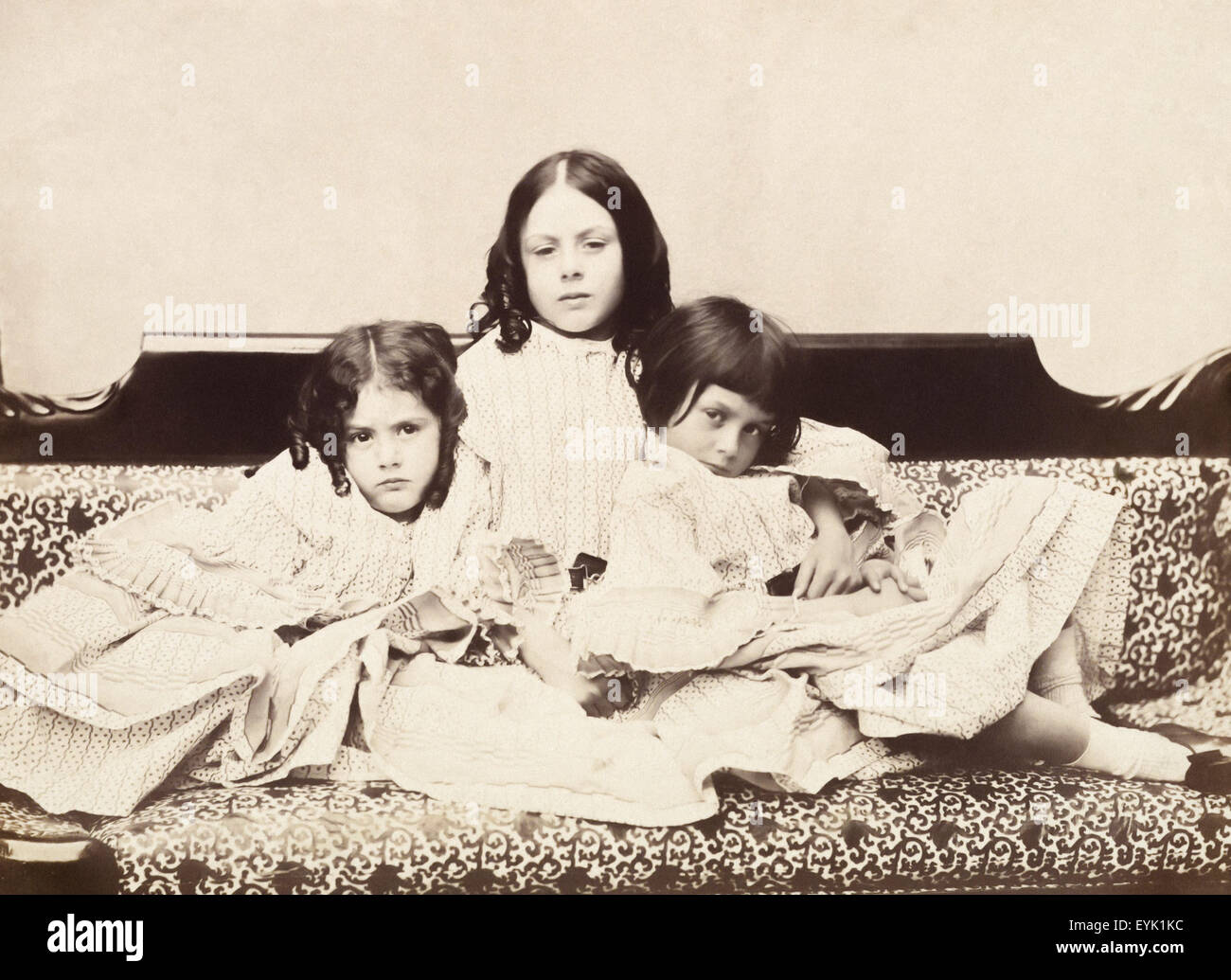

Kids can work puzzles as well as make origami white rabbitsĪnd even write little poems in the shape of a mouse’s tail. Carroll, who loved inventing games for children, would have gone nuts over this area. Toward that end, the exhibit includes an activity area where children can play games.

Alongside the paper strips, the Ransom has created a digital re-animation that delightfully displays on a flat screen what you’d have seen through a Movie-Jecktor.ĭrawing largely from the collections of Alice aficionados Warren Weaver and Byron and Susan Sewell, “we worked very hard to make it an exhibition that works of all ages,” curator Sigler says.
#EDITH ALICE IN WONDERLAND CARTOON MOVIE#
The exhibit includes games, puzzles, and other toys modeled after the movie characters, and there are also pre-movie renditions of the Alice story in lantern slides, as well as paper strips that were animated in the ’30s within something called a Movie-Jecktor. You can just imagine him gleefully drawing Alice’s long arm protruding from the White Rabbit’s house during one of her extra-large spells. Along with Tenniel illustrations, the exhibit offers others, including some produced in 1969 by Salvador Dalí-a surrealist illustrating the surreal. There are book covers from the many translated editions-and it was a toughie to translate, with all its nonsense and puns. Illustrator John Tenniel didn’t like his illustrations’ reproduction in the edition and demanded that all the books be recalled.

Visitors to the exhibition, which is free, can see a rare first edition of the book. Did you know that in the 1700s, mock turtle soup was a thing? It was cheaper than real turtle soup, using calves’ heads and feet rather than turtle meat. You won’t find the Tweedles or Humpty here, but you’ll find plenty of renditions of the Caterpillar, Cheshire Cat, Mad Hatter, and Mock Turtle. Those last two characters were also from Through the Looking Glass. Fields as Humpty Dumpty and Gary Cooper as the White Knight. That first movie had a big-name cast, with Cary Grant as the Mock Turtle, W.C.

Sigler figures people will wander around the Ransom’s exhibition, which opened Tuesday and runs through July 6, searching in vain for Tweedledee and Tweedledum, who show up in the animated Disney movie, as well as a 1933 movie where they are played, respectively, by Roscoe Karns and Jack Oakie. Most, she says, get their impression of Alice from the 1951 Disney movie, which combined material from Alice’s Adventures in Wonderland with some from its sequel, Through the Looking Glass. “Relatively few people have read the book,” notes exhibition curator Danielle Sigler. Alice is part of the story, as are her sisters Edith (the Eaglet) and Lorina (the Lory). Things were weird in Victorian times, too, and some scholars see its characters and story as a reflection of that era.īut whatever rolled through its author’s head during its creation, Alice’s Adventures in Wonderland-as this wide-ranging, engaging exhibition points out-was written as entertainment for a little girl named Alice Liddell by family friend and mathematician-logician Charles Dodgson, who used the pseudonym Lewis Carroll. Had it been written today, Alice’s Adventures in Wonderland would certainly be cast as political allegory, considering the current proliferation of Mad Hatters and March Hares, as well as caucus races and trials absolutely as mind-boggling as those in Alice’s alternate universe. So, it is with resonating relevance that on the University of Texas campus in Austin, ten blocks north of the chamber in which the state legislature is pondering allowing college students to pack heat in holsters, an exhibition at the Harry Ransom Center invites us all to venture down a rabbit hole in celebration of the 150th anniversary of the publication of Lewis Carroll’s famous book.


 0 kommentar(er)
0 kommentar(er)
